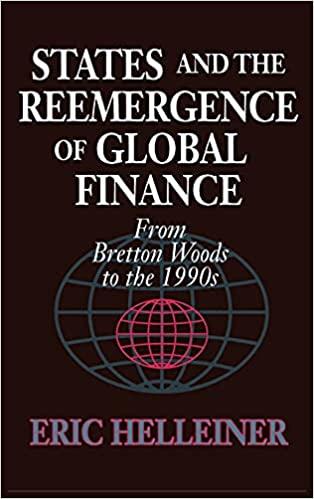Answered step by step
Verified Expert Solution
Question
1 Approved Answer
Suppose the correlation betweens pairs of stocks is given by: corr(A,B)=.85,corr(A,C)=.60, corr(A,D=.45). Suppose the expected return to A is 10% and its standard deviation is

Step by Step Solution
There are 3 Steps involved in it
Step: 1

Get Instant Access to Expert-Tailored Solutions
See step-by-step solutions with expert insights and AI powered tools for academic success
Step: 2

Step: 3

Ace Your Homework with AI
Get the answers you need in no time with our AI-driven, step-by-step assistance
Get Started


